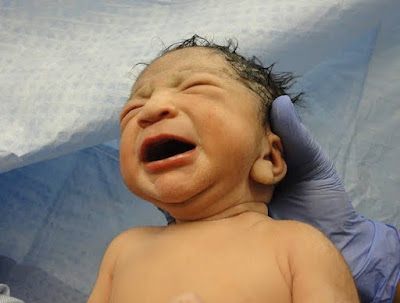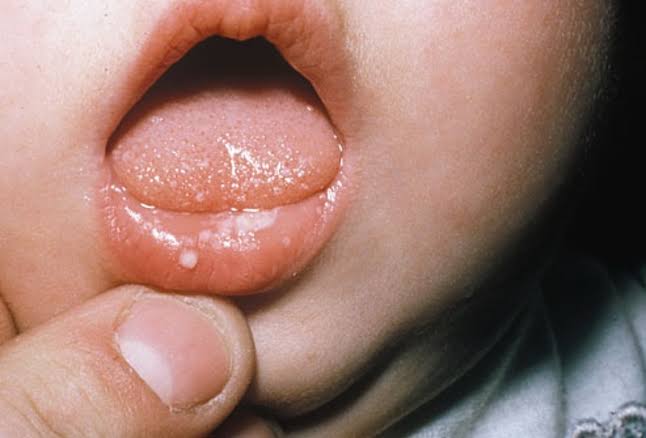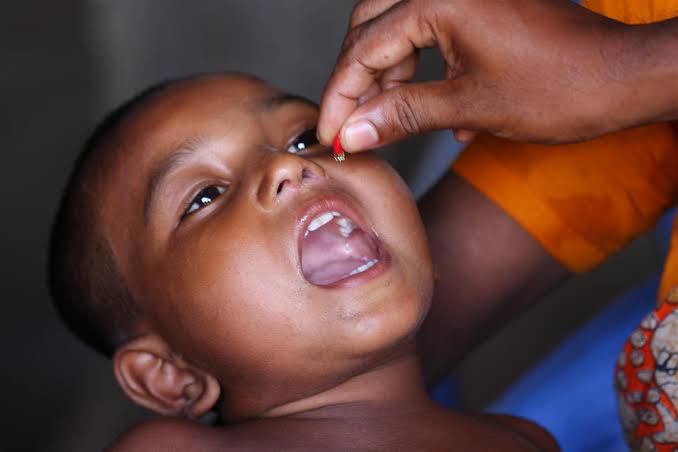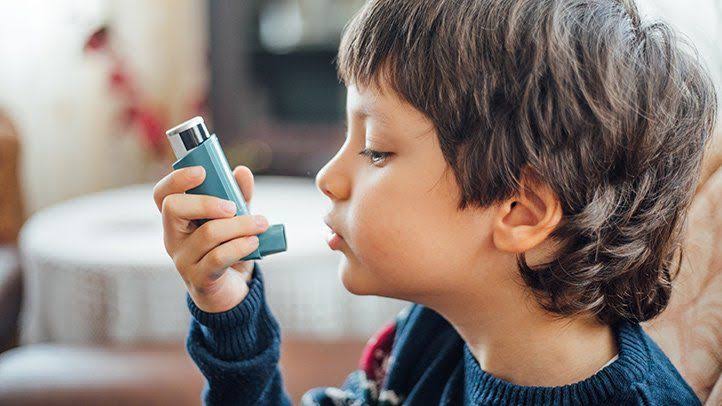Neonatal Jaundice
Neonatal jaundice or neonatal hyper- bilirubinemia is a common condition. Chemical hyperbilirubinemia (Serum bilirubin >2 mg%) is almost universal.
In an adult, scleral icterus is visible if the bilirubin more than 2 mg%, where- as in a newborn baby icterus is visible only when the bilirubin is more than 5.7 mg%. This visible icterus or clinical hyperbilirubinemia is seen for some time and to a variable degree in almost 65% of full term and 80% of preterm ba- bies.
Exaggerated hyperbilirubinemia (Serum bilirubin >13 mg%) is seen in a small fraction of cases and depends on certain predisposing factors which will be discussed later. Serum bilirubin >20 mg% could be dangerous with a risk of kernicterus and may be seen in up to 1-2% of cases of jaundice.
PHYSIOLOGICAL HYPERBILIRU- BINEMIA
Most of the cases of neonatal hyper- bilirubinemia has the following char- acteristics:
- . It appears after 24 hours of birth.
- It reaches its peak by 3rd or 4th day.
- The peak level is less than 12-13 mg%.
- It disappears by 8 days.
- The direct bilirubin fraction is < 1.5 mg%.
- The baby is clinically well, active and feeding properly.
All the above criteria have to be satisfied to call it physiological hyperbili rubinemia .
Normal Bilirubin Metabolism
The bilirubin is produced from break down of hemoglobin . This is measured as the indirect bilirubin. This is taken up from plasma by hepatocytes with the help of Y and Z proteins and con jugated by UDPG- T enzyme to form the conjugated or direct bilirubin which is excreted in the intestines .
Here it is converted by bacteria in the gut to stercobilin which is excreted in stools .
Pathogenesis of Physiological Hy perbilirubinemia:
( b) . Higher hemoglobin ( 18 gm % . Adults 12-14 gm % )
(c) . Decreased survival of fetal RBCs 90 days ( Adult RBCs – 120 days ) .
(d). Increased contribution of early labeled bilirubin ( contribution from breakdown of free hemoglobin heme proteins , myoglobin and heme containing enzymes ) .
(e) Increased enterohepatic circulation ( conversion of direct bilirubin to indirect in the in testines by beta glucuronidase and its reabsorption ) .
b . Portal blood flow by – passing liver sinusoids because of patent ductus venosus .

Factors Exaggerating Physiological Hyperbilirubinemia:
Non – physiological Hyperbilirubin emia
1. Blood group incompatibilities ( Direct Coombs test positive ) a . Rh : Mother Rh -ve and baby Rh + ve b . ABO : Mother 0 and baby A , B or AB.
2.Direct hyperbiliirubinemia
(a)- INFECTION
(B)-OBSTRUCTION
(C)-METABOLIC
(D)-HYPERALIMENTATION
3.Polycythemia
4.Low hemoglobin,high reticulocyte count,high indirect bilirubin.
5.Miscellaneous
NOTE-Do not follow any (TOPIC:Neonatal Jaundice) treatment And medicine provided here ,please consult nearest hospital and talk to your doctor.This artical is only for knowledge purpose,consult your pediatric doctor for better support and follow the doctors medicine and WHO(WORLD HEALTH ORGANISATION) guide line for pediatric cases and about child health.
MOTHER CAN NOTE DOWN CHILD,S ROUTINE IN DIARY TO HELP DOCTOR FOR BETTER TREATMENT.
Ayurvedic medicine and way of treatment can also be helpfull as you have to consult pediatric doctor(BALROG CHIKITSK)
YOU CAN READ OUR ARTICLES ON GOOGLE NEWS ALSO.
Team-Dailyayurvedic
Thank you
Thank you for reading this blog.







